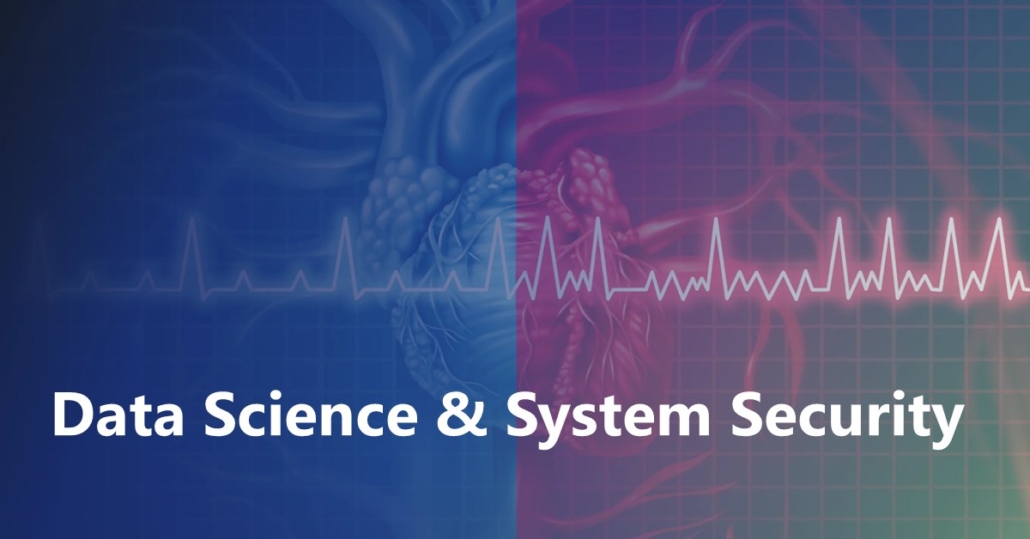Evidence-Based Out-of-Distribution Detection on Multi-Label Graphs
The Out-of-Distribution (OOD) problem in graph-structured data is becoming increasingly important in various areas of research and applications, including social network recommendation [36], protein function detection [9, 21], etc. Furthermore, owing to the inherent multi-label properties of nodes, multi-label OOD detection remains more challenging than in multi-class scenarios. A lack of uncertainty modeling in multi-label classification methods prevents the separation of OOD nodes from in-distribution (ID) nodes. Existing uncertainty-based OOD detection methods on graphs are not applicable for multi-label scenarios because they are designed for multi-class settings. Therefore, node-level OOD detection on multi-label graphs becomes desirable but rarely touched. In this paper, we pro-pose a novel Evidence-Based Out-of-Distribution Detection method on multi-label graphs. The evidence for multiple labels, which indicates the amount of support to suggest that a sample should be classified into a specific class, is predicted by Multi-Label Evidential Graph Neural Networks (ML-EGNNs). The joint belief is designed for multi-label opinions fusion by a comultiplication operator. Additionally, we intro-duce a Kernel-based Node Positive Evidence Estimation (KNPE) method to reduce errors in quantifying positive evidence. Experimental results prove both the effectiveness and efficiency of our model for multi-label OOD detection on 7 multi-label benchmarks.


